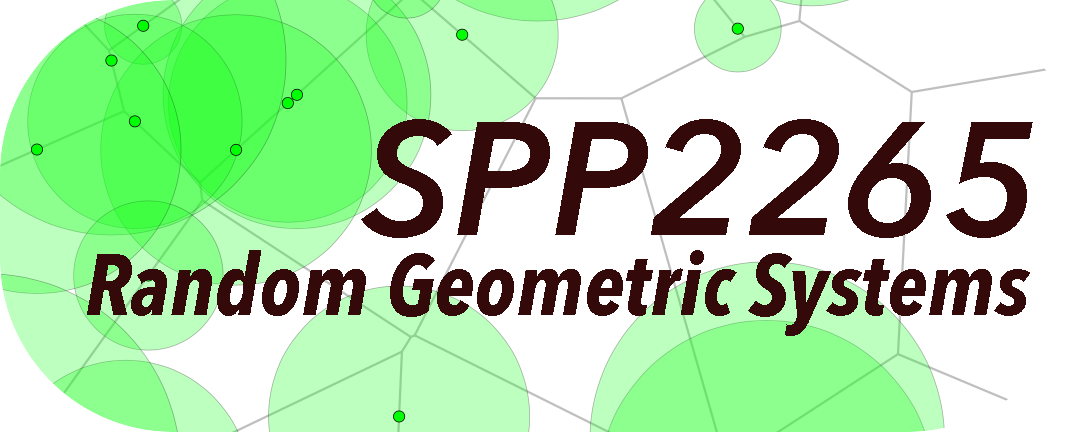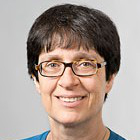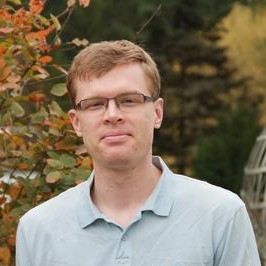P07
Dynamics of Contact Processes on Simplicial Complexes
Description Phase 1
Interacting particle systems on graphs/networks have permeated many sciences in recent decades. The modelling idea is to associate to each vertex/node a state, and then to define a dynamical system on the graph by specifying the interaction between vertices along the edges/links. Well-known examples are the contact process, the voter model, or the Ising model, all posed in the classical case on lattice-type graphs, e.g., on the d-dimensional integer lattice. In this project, we are going to study the contact process on more general geometric structures given by simplicial complexes. The classical contact process on the integer lattice is defined by two update rules: the recovery of an infected vertex at a given rate, and the infection of a susceptible vertex at a rate proportional to the number of infected neighbors. Yet, particularly in the context of social contagion modelling, just allowing binary interactions of two vertices along an edge is often to simple. In this project we are going to study rules, how vertices can interact across higher-dimensional simplices. In these simplicial contact process models, we are going to study the mathematical basis of the Markov process, the existence of invariant measures, and the related influence of the simplicial structure on dynamics. In particular, we are going to focus on three main structures for the contact process: (1) simplicial lattice-like complexes, (2) simplicial random scale-free complexes, and (3) simplicial adaptive complexes. For (1) and (2), we expect to obtain several rigorous analytical results via probabilistic techniques such as coupling, duality, regeneration times, etc. For adaptive simplicial complexes, where dynamics of and on the complex is coupled, we are going to combine numerical simulation with formal moment closure schemes to derive approximating differential equations to study (3). In summary, the proposed project is going to lead to fundamental new links between higher-dimensional geometric structures, interacting particle systems, stochastic dynamics, and various applications.




